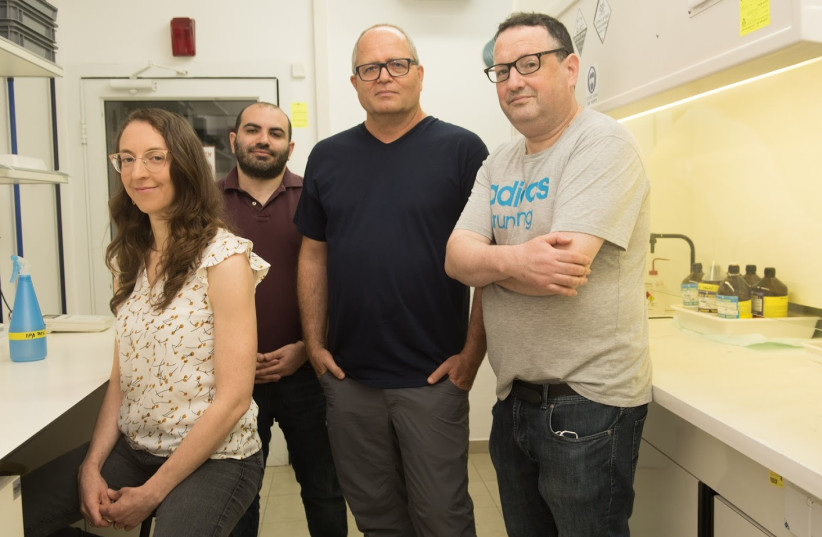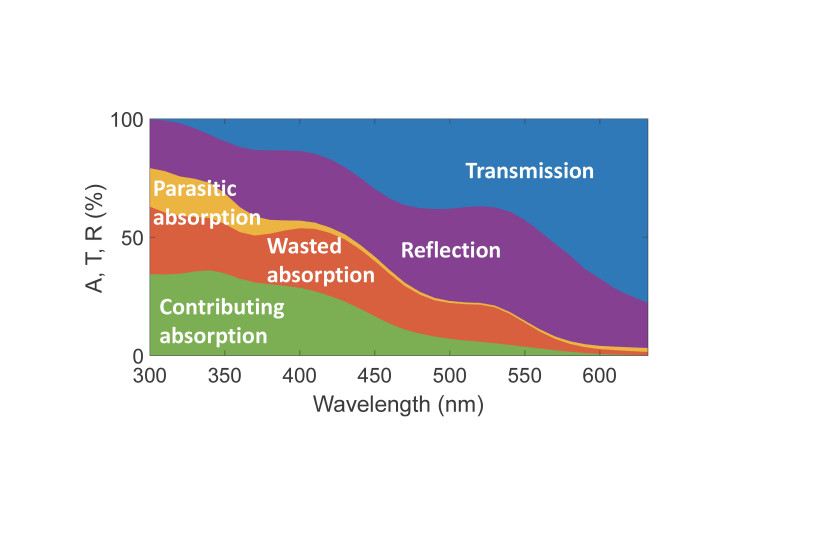New research conducted at the Technion may be instrumental in solving problems with solar energy.
The study, which was published in Energy & Environmental Science, was headed by Professor Avner Rothschild and doctoral student Yifat Piekner from the Technion.
Solar energy is important to human life and if we are able to harness the energy transmitted by the sun we may be able to minimize and even end the use of fossil fuels and pollutants. The biggest problem in switching to solar energy is that the sun is only visible for limited hours of the day, and sometimes only in specific seasons. In order to use solar energy at all times, we need to be able to store the sun's energy.
The problem is that the only existing method of storing energy is through using batteries, and batteries cannot store enough energy needed to power entire cities, neighborhoods, or even smaller areas like a manufacturing site. The other problem is that batteries can only hold power for a few hours, so they cannot provide power long time, like through entire seasons.
A possible solution to the storage problem is the conversion of solar energy into hydrogen through the use of photoelectrochemical solar cells, which split water into hydrogen and oxygen. These cells are similar to the cells that convert solar energy into electricity, but the photoelectrochemical cells convert the energy into hydrogen instead.

The advantage of converting solar energy into hydrogen instead of electricity is that hydrogen is easier to store long-term, and can be used when needed to be converted into electricity. It can also power electric vehicles, replacing the current heavy and expensive batteries.
Another advantage is that using hydrogen for fuel is environmentally friendly because its production does not involve emissions of any sort except oxygen and water, meaning that it would greatly reduce greenhouse gas emissions.
The main challenge in this method is that the production of the electrodes that convert the sunlight into electrochemical cells is not stable in the chemical environments in which water can be efficiently split into hydrogen and oxygen. Silicone is used as this material when converting solar energy directly into electricity, but silicone is unstable in electrolyte, a substance used in the creation of electricity, so it won't work for the suggested method.
The study suggests the use of hematite as a solution to this problem. Hematite is an iron oxide that is chemically similar to rust. It is inexpensive, stable and not toxic. It also has properties that make it suitable for water splitting.
The issue is that theoretically hematite-based devices should produce double the energy that they do in practice. The research team may have discovered why.
They discovered that the photons absorbed by hematite produce localized electronic transitions that have very specific abilities which do not include splitting water into hydrogen and oxygen.

Piekner and her colleagues, Dr. David Ellis and Dr. Daniel Grave, used a new analysis method developed by Piekner to measure data that has never been measured before.
The first type of data measured was the minimal efficiency of productive and non-productive electronic transitions in a material as a result of different wavelengths, and the other type of data measured was the efficiency of separation in an electron-hole, which is a single unit of the generation and elimination in an inorganic semiconductor.
While these two types of data have been measured together previously, this is the first time they have ever been examined separately. The separated measurements gave the researchers a better understanding of the efficiency of the materials used for the conversion of solar energy into hydrogen or electricity, which will pave the way for future breakthroughs in the field.
